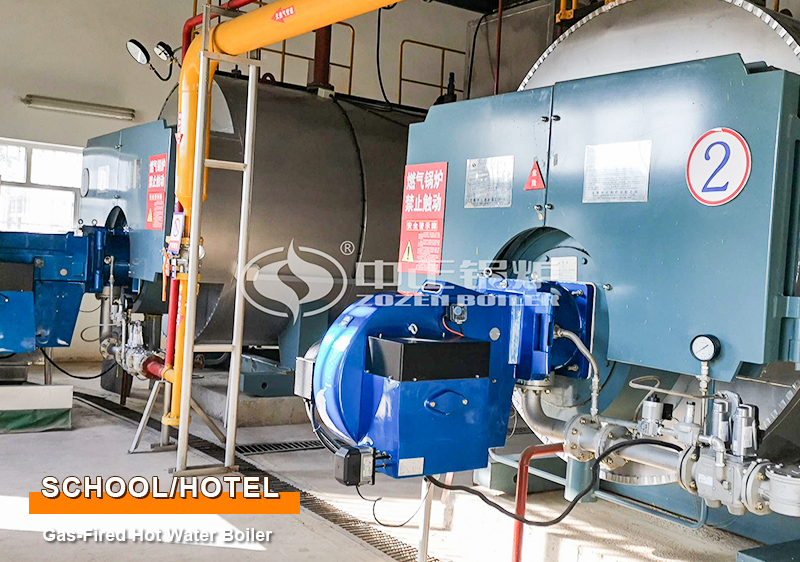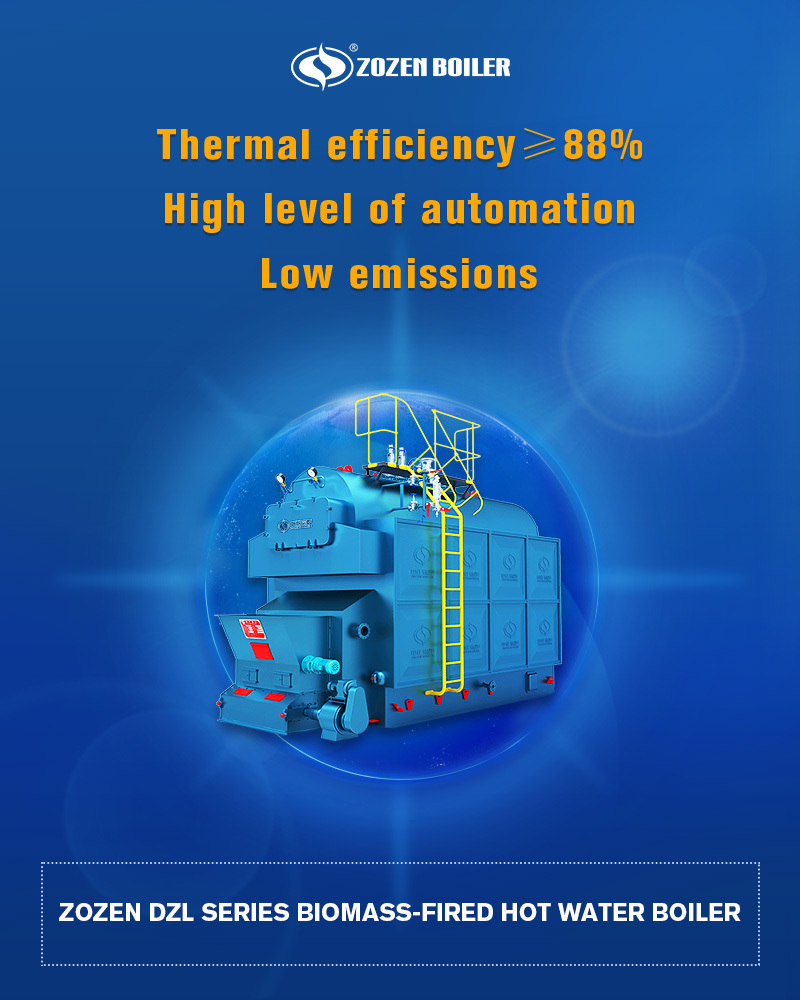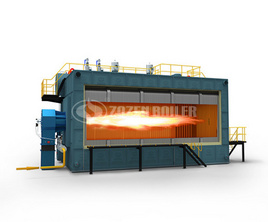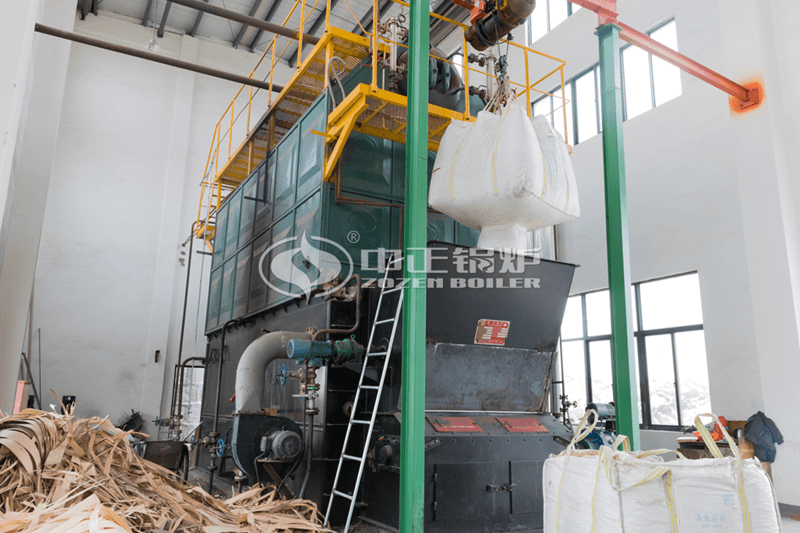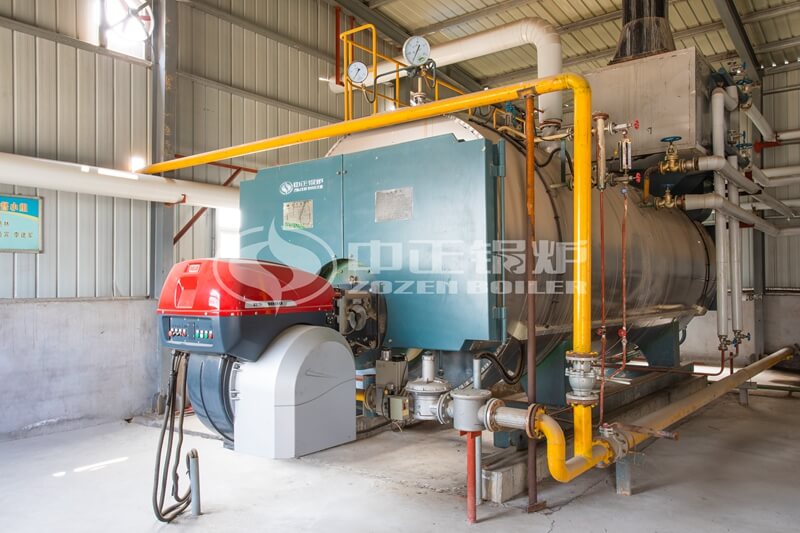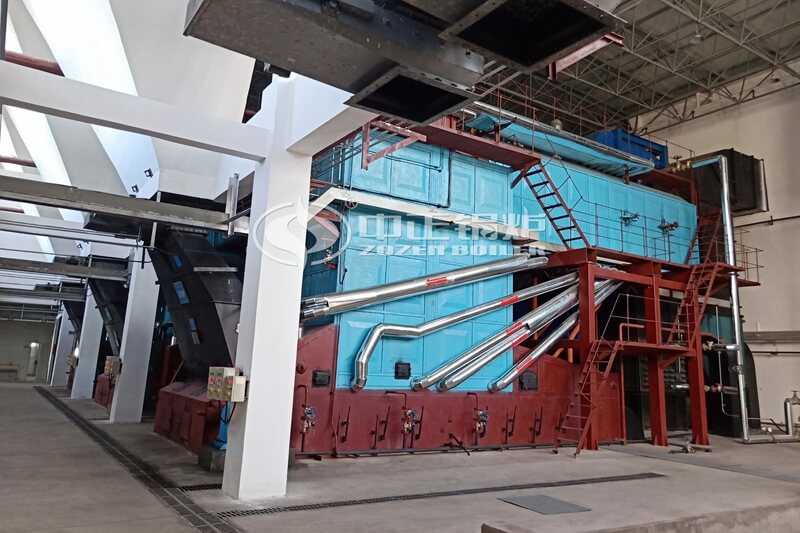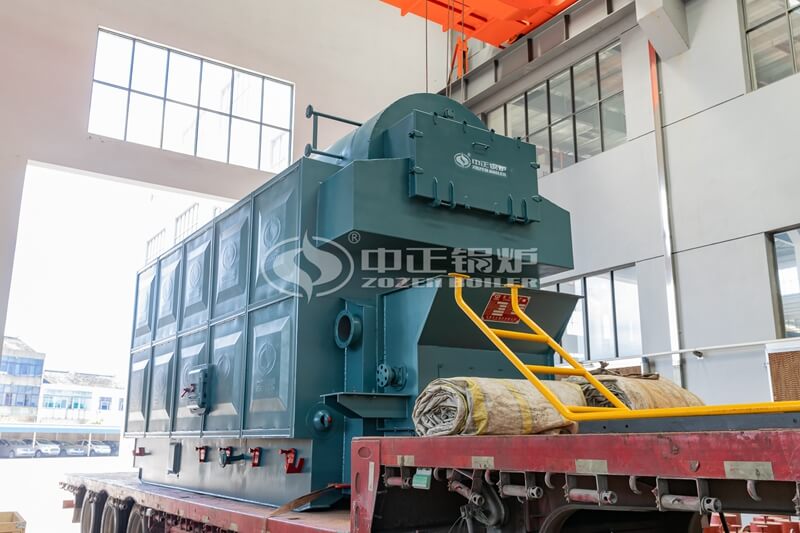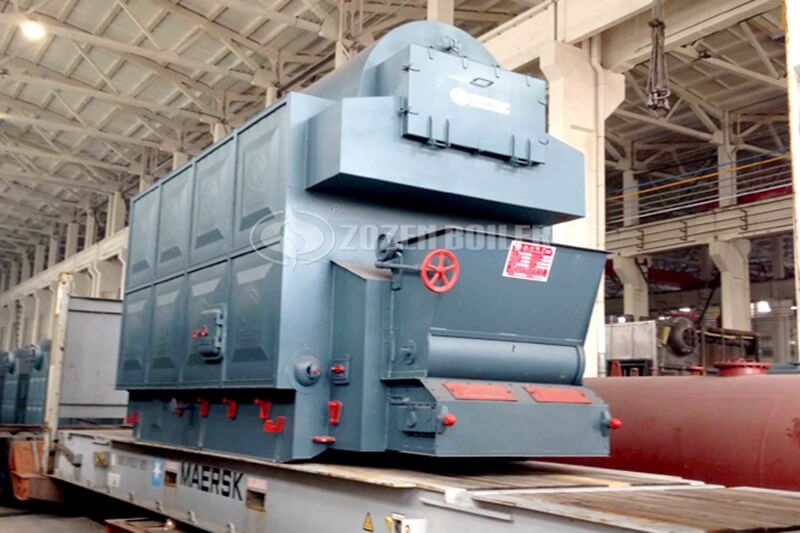The first is because the heating temperature of the hot water boiler is low. Generally, the hot water outlet temperature is between 110 and 150 degrees. When heated, all of them are sensible heat and no latent heat. Secondly, the boiler has a low combustion temperature, a low exhaust gas temperature, and a small loss. The third is that the temperature of the hot water is low, and the heat loss of the pipeline is small. The fourth is that there is no need for continuous sewage discharge and the loss is small. The fifth is that fuel can be inferior and fuel costs are low.
Hot water boiler – a type of boiler. It is distinguished by media. In addition, according to the medium, it can be divided into: steam boiler, hot water boiler, steam-water dual-purpose boiler, organic heat carrier boiler. Hot water boilers can also be divided into fuel-fired hot water boilers, fuel hot water boilers, gas hot water boilers, and biomass hot water boilers.
According to different fuels, hot water boilers can be divided into electric hot water boilers, oil hot water boilers, gas hot water boilers, coal-fired hot water boilers, etc.; according to whether the pressure can be divided into two types: atmospheric hot water boiler and pressure hot water boiler. We usually refer to the “hot water boiler” as an atmospheric hot water boiler. Because of its safe operation, people often use this kind of atmospheric hot water boiler for bathing or heating.
Hot water boilers are mainly used for heating and bathing purposes. The hot water boiler circulates the hot water of the heat preservation tank through the hot water circulation pump, and repeatedly heats the hot water of the water tank to achieve the purpose of bathing; the hot water boiler circulates the hot water of the heating pipe through the hot water circulation pump through the radiator (radiator) It can meet the requirements of people’s heating; hot water boiler and hot water circulation pump combined with heat exchanger can realize the dual functions of bathing and heating.
Structural principle
In the natural circulation hot water boiler, the inlet and outlet water are connected from the upper drum to the upper tube, and the inlet water distribution pipe directs the water into the front and side lower headers, and is heated and raised by the water inlet wall. The front and rear ends of the upper drum are provided with a water blocking plate at the boundary between the descending and rising water flows, and the water blocking plate only blocks the lower half of the cross section of the drum.
For forced circulation, the inlet water is connected to the lower header of the front end, rising from the front water wall tube to the upper drum (when the front water wall descending tube is canceled), and then transferred to the side water wall tube down tube to the side lower header, and then to the side. The water wall tube rises to the upper drum, and descends from the front convection tube bundle to the lower drum. Finally, several processes are returned between the upper and lower drums to discharge water from the rear end of the upper drum. Forced circulation boilers do not have an economizer.

